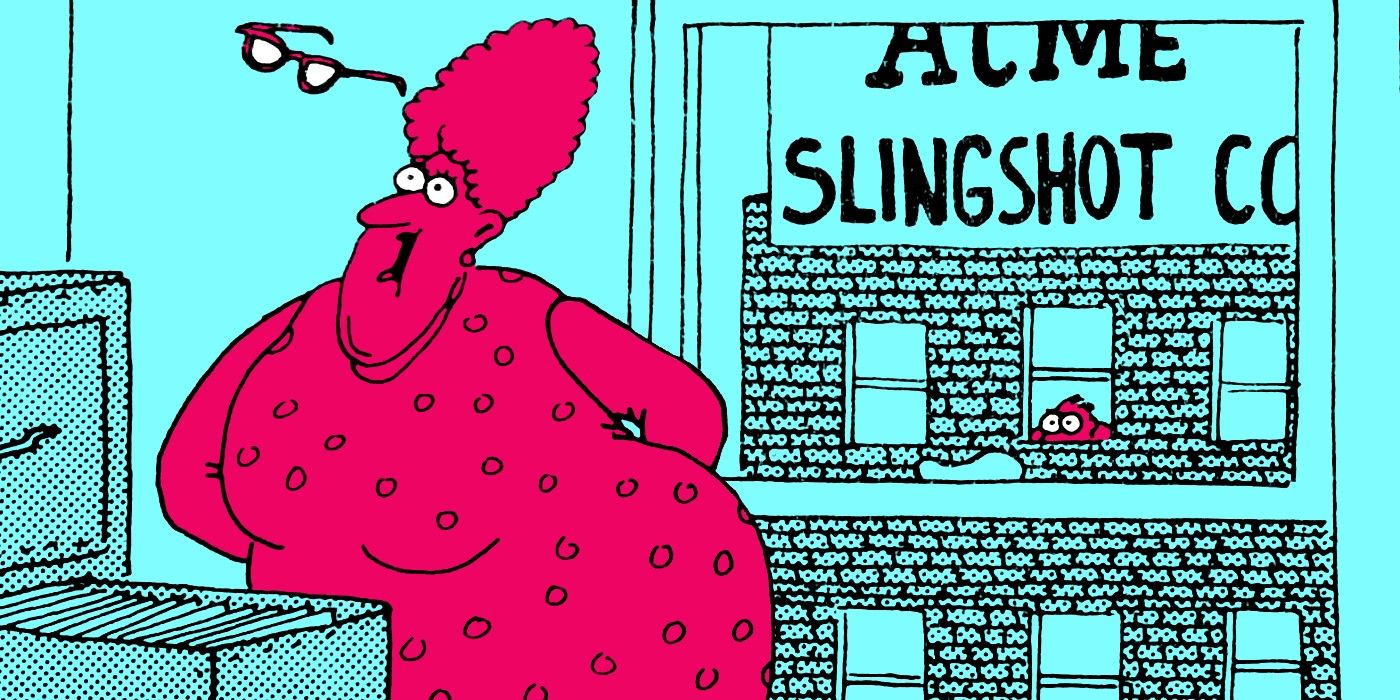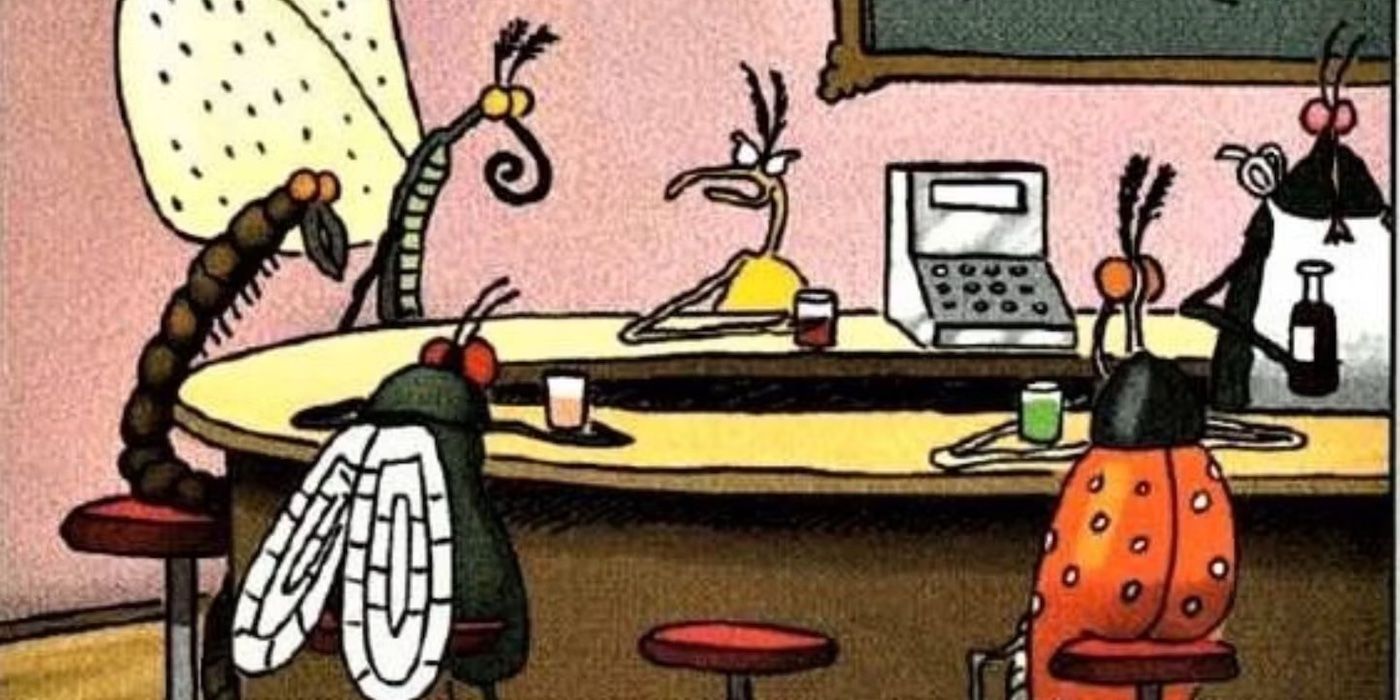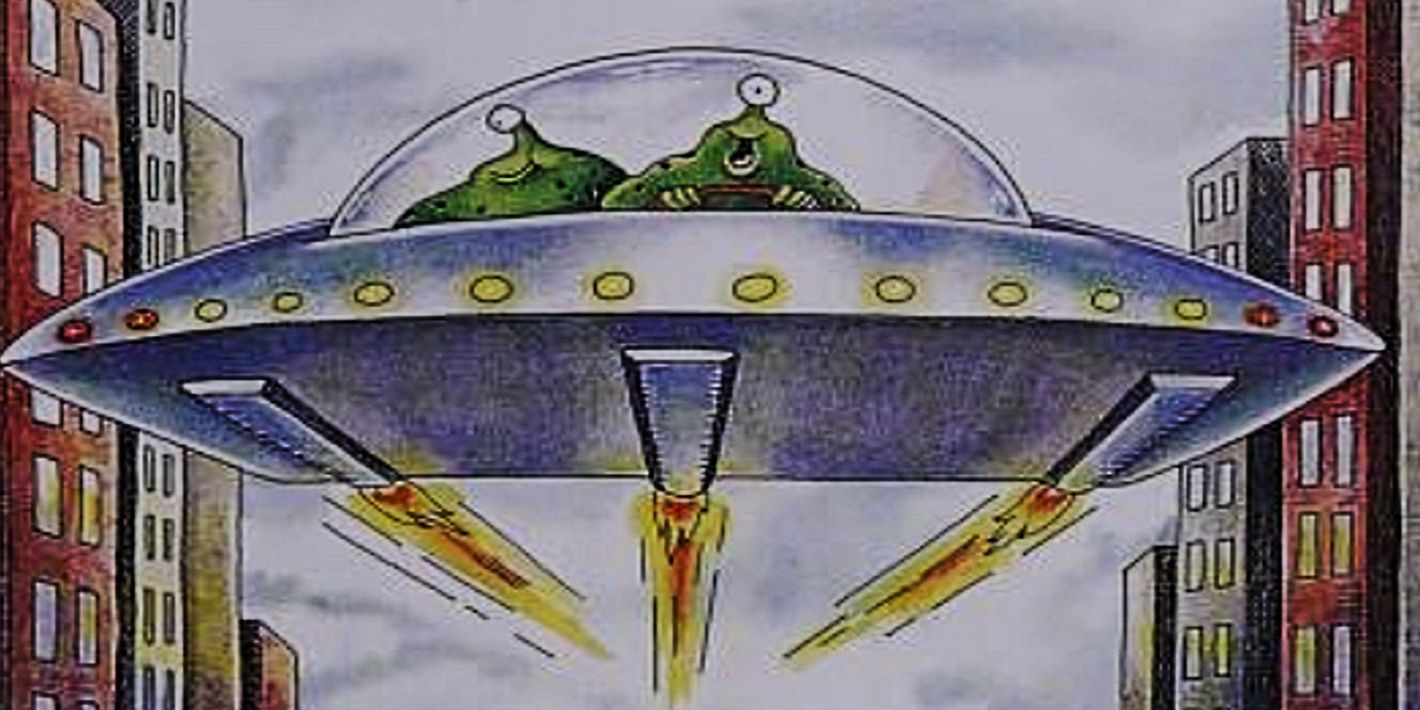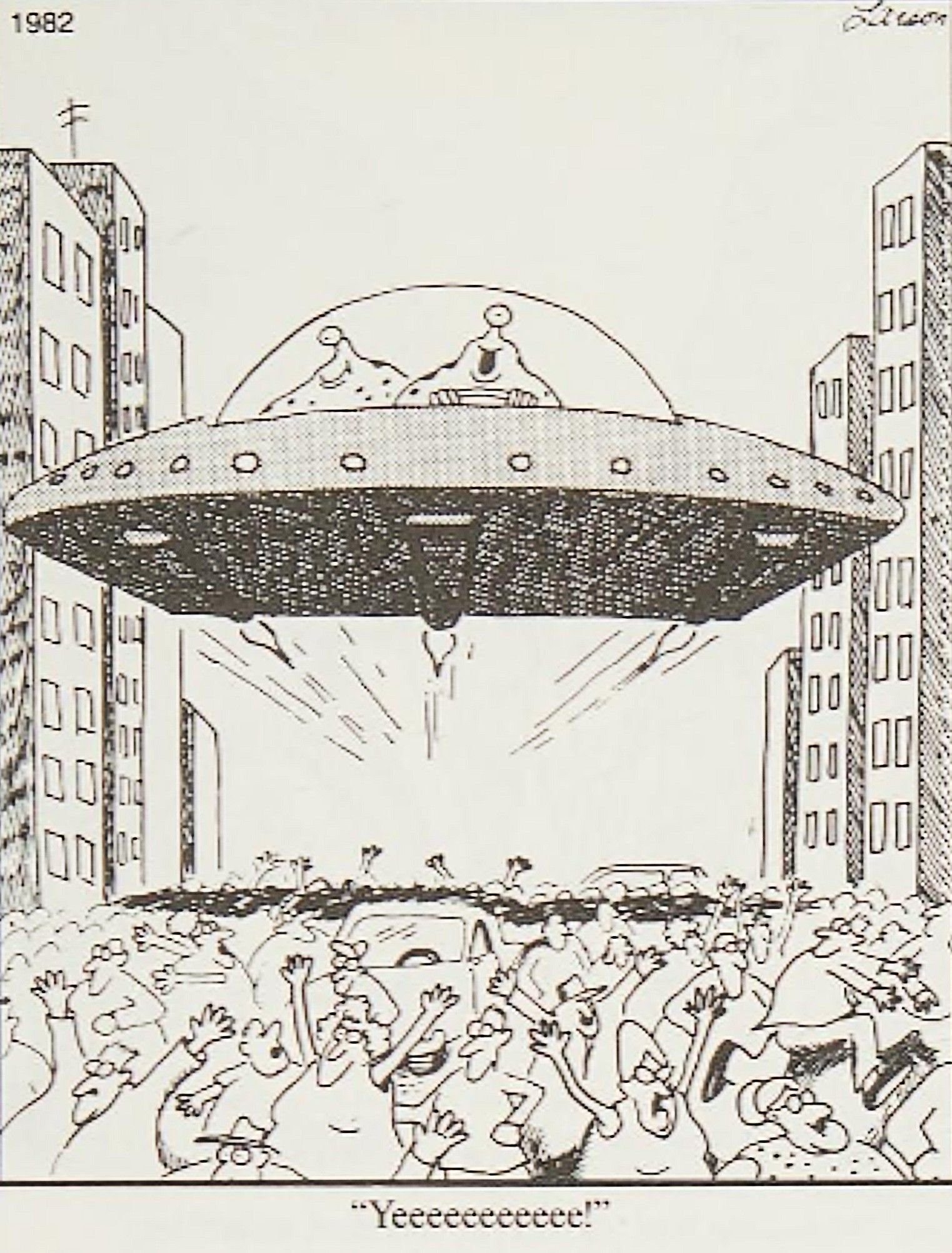Summary
- As he explained in The Prehistory of The Far Side, the legendary comic strip's creator, Gary Larson, learned an early career lesson about advocating for minor changes, as even small details impact the overall success of an artistic work.
- The Far Side's success was shaped, in at least one crucial way, by Larson's decision to stand up for his art and ask for a misprinted typo to be corrected, even when it seemed like he was the only one who noticed a difference that the single-syllable omission made.
- Larson's experience with correcting a caption error taught him to trust his instincts and negotiate for what's best for The Far Side, helping him to mature as a commercial artist, and laying the foundation for his success in the cartoon medium.
The success of The Far Side was shaped, in part, by a pivotal moment early in Gary Larson's career as a cartoonist. When confronted with the need to stand up for a small, but crucial, detail in one of his cartoons' captions, Larson pushed through the discomfort of asking for changes to be made to the printed product, in the process becoming more comfortable vocalizing when adjustments were needed.
In The Prehistory of The Far Side, the strip's creator offered a step-by-step account of the steps which led his cartoons from a drawing on his drafting table to a printed, published panel.
Notably, Larson detailed one critical juncture early in The Far Side's run, in which he decided to argue for a seemingly minor change to an already-printed comic. In retrospect, Gary Larson considered this to be one of the most important early lessons he learned as a professional artist. Initially hesitant, he resolved to push for the change – and took a major leap forward as a result.
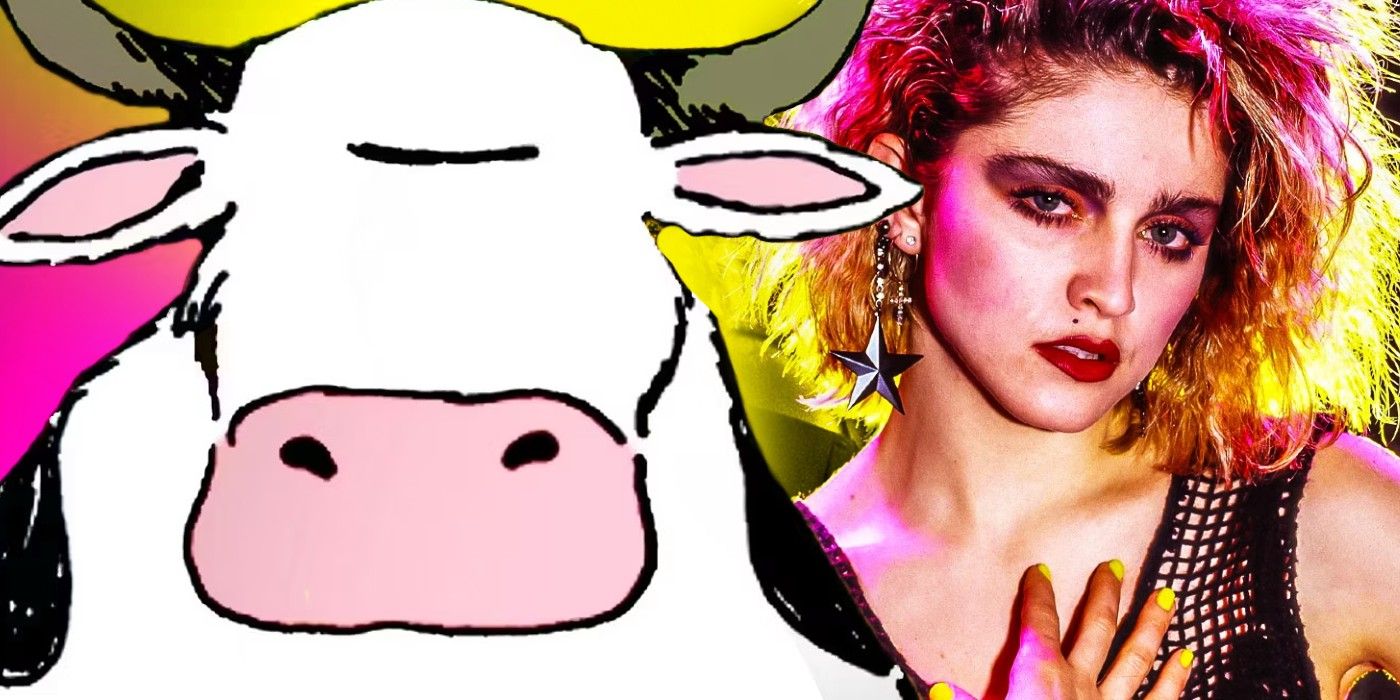
The #1 Funniest Far Side Comic That Makes Fun of a Celebrity (As Voted by Screen Rant Readers)
Screen Rant readers voted on the best Far Side comics starring real people, and this worthy winner came out on top, exposing its hilarious backstory.
A Misprinted Far Side Caption Helped Gary Larson Grow As An Artist
A Single Syllable Made All The Difference
Faced with the decision to speak up about the mistake, or accept a compromised version of his joke, Larson raised the concern with his editor.
Writing and illustrating The Far Side might have been a solitary act, as Gary Larson sat down each night to work on his cartoons, but once he'd completed a panel, the subsequent steps of the process were much more complicated. In The Prehistory of The Far Side, Larson detailed how the final touches were added to his work after he was done with it, and subsequently distributed to newspapers across the country for publication in an upcoming issue. Naturally, this led to occasional mistakes throughout the years, with one early example resulting in Gary Larson's maturation as a commercial artist.
The most common point for errors to occur in The Far Side's production process came with its captions. As Larson noted, he would write the caption at the bottom of his drawing in pencil, and then it would be typed and set in place as part of the final steps before publication. A defining moment in his career came from a Far Side cartoon depicting two aliens joyriding through an Earth city in their flying saucer, as a crowd of panicked humans flee on the street below.
As Gary Larson wrote years later in The Prehistory, upon receiving a copy of the finished panel in advance of its publication, the creator immediately noticed something was amiss:
The day this cartoon showed up, I was horrified to see that the last two letters in the caption had been deleted. Instead of "Yeeeeeeeha," it read "Yeeeeeeeeeee."
Obviously, this small error had a significant impact on the cartoon. But I hadn't been drawing The Far Side, and I was nervous about calling up my editor and complaining. Correcting the caption required sending out a special mailer to the client newspapers (all twelve of them) and I knew it would involve time and added expense. Plus, I didn't want to give the impression that I equated cartooning with a cure for cancer.
Faced with the decision to speak up about the mistake, or accept a compromised version of his joke, Larson raised the concern with his editor. As it turned out, this move would reverberate more than he could have realized, as it set a precedent that he would stick to for the remainder of his career.
Larson Learned To Be Protective Of The Far Side Early In Its Run
Sometimes He Had To Speak Up For His Art
While this single syllabus distinction might not have left a noticeable impression on Far Side readers one way or another, making sure the initial mistake was corrected proved to be essential to the long-term success of the strip.
As Gary Larson recounted, he was at first timid about asking his editor to correct the alien cartoon's caption:
On the phone, I explained to my editor what had happened, and he got out his copy of the cartoon and looked at it. After a few seconds, he told me he really didn't think the cartoon had been affected that much by the change. Inside, I died – but I apologized for bothering him and said goodbye.
In many versions of this story, this would have been where things ended. What made it a stand-out, career-changing moment for The Far Side's creator was what happened next:
I sat there for awhile, looking at the cartoon, and suddenly I realized that, with the caption mistake, it might be interpreted that it's the people doing the yelling, not the aliens. It was getting worse in my mind. A few minutes later, curing cancer meant nothing compared to getting this caption right.
Even here, Larson could have remained ill-at-ease with his editor's nonchalance, but buried it, convincing himself he was an inexperienced creator making too big a deal out of something that only he considered to be of vital importance.
Instead, Gary Larson summoned the willpower and called his editor again, this time successfully arguing that the caption needed to be changed. Ultimately, this early alien Far Side comic ran with its intended "Yeeeeeeha," caption. In the end, while this single syllabus distinction might not have left a noticeable impression on Far Side readers one way or another, making sure the initial mistake was corrected proved to be essential to the long-term success of the strip, and to Gary Larson's actualization as an artist.
This monosyllabic distinction is also particularly notable when considering how often The Far Side ran without captions entirely. Gary Larson's humor didn't always need words to be properly conveyed – but when it did, getting those words right was exceedingly important to him as an artist. While not all The Far Side's mistakes were caught before reaching publication, this example of one that did is vital to understanding Larson's career as a whole.
The Far Side Benefited From Gary Larson Standing Up For His Art
Gaining Confidence Made His Work Stronger
This anecdote from the early days of The Far Side's publication is a sterling example of why even the smallest battles can be important – and that it is crucial to success for emerging artists to trust their instincts.
As Gary Larson said in The Prehistory of The Far Side, once he made his conviction about the caption clear, he received no more push-back on changing it:
I called my editor back and tried once again to convince him that the cartoon had been mortally wounded by the caption error. This time he agreed, and cheerfully offered to send out corrected versions to the various newspapers. My relief was overwhelming.
What had been a major anxiety for Larson was quickly resolved, and not only did he get his way, he took something incredibly valuable out of the experience. He summed up the story this way:
It was definitely a significant event in my cartooning life, because, over the years, lots of mistakes and last-minute changes on both sides of the fence were to take place. And this experience with the "alien" cartoon inspired me to always "negotiate" on various complications whenever they happened.
Despite coming down to a single syllable, this experience had a profound impact on Gary Larson, and as a result, helped make The Far Side stronger moving forward.
Given the opportunity, every creator has one thing in their creative careers that they would go back and fight for. This anecdote from the early days of The Far Side's publication is a sterling example of why even the smallest battles can be important – and that it is crucial to success for emerging artists to trust their instincts, and stand by what they think is best for their work. Of all the valuable creative lessons The Far Side's Gary Larson has to offer, this is among the most practical, and the most important.
Source: The Prehistory of The Far Side

The Far Side Complete Collection
Fans of the far side can't pass up this master collection of Gary Larson's finest work. Originally published in hardcover in 2003, this paperback set comes complete with a newly designed slipcase that will look great on any shelf. The Complete Far Side contains every Far Side cartoon ever published, which amounts to over 4,000, plus more than 1,100 that have never before appeared in a book and even some made after Larson retired.


